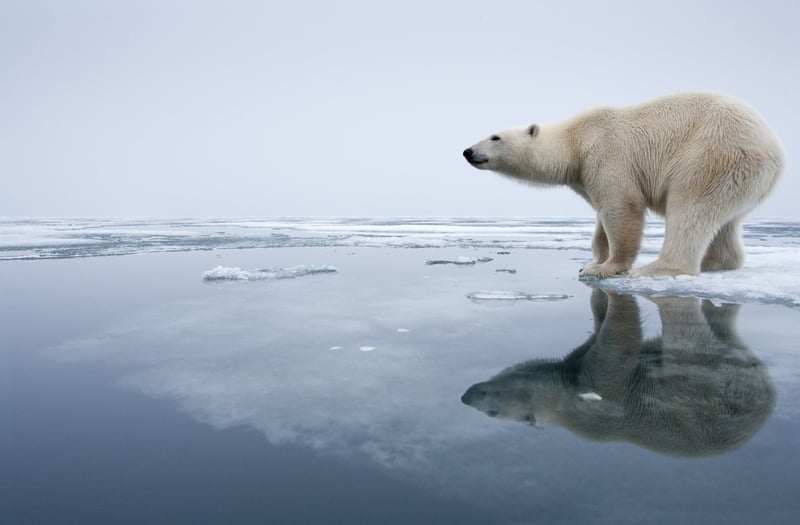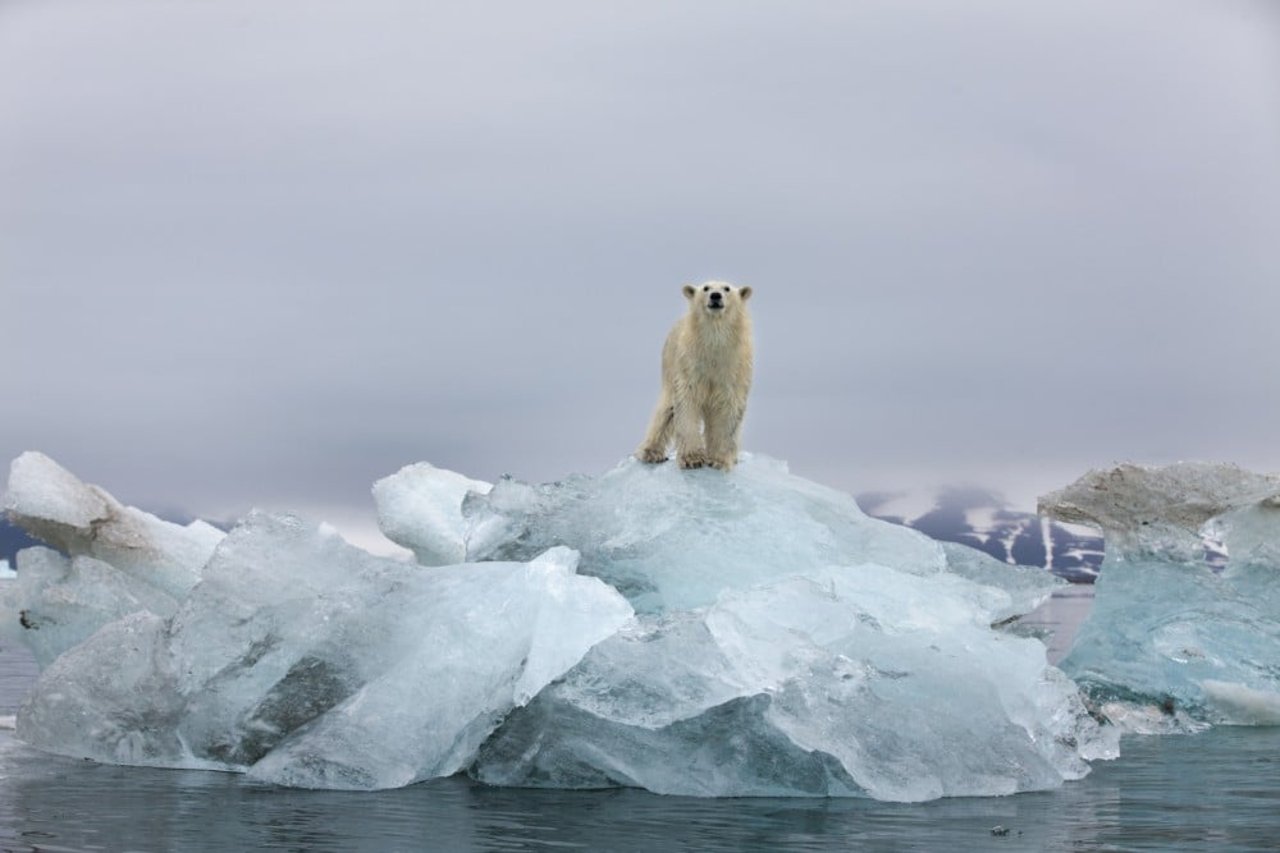
Polar bears are facing a bleak future due to the impacts of climate change, and the loss of their habitats and food supply is putting their survival at risk.
Polar bears are one of the most iconic species on the planet, but they are facing a grim future because of climate change. These magnificent animals have adapted to life in the Arctic and are dependent on sea ice to hunt and travel. However, as global temperatures continue to rise, sea ice is rapidly melting, and polar bears are losing their habitats and food sources.
According to the United States Geological Survey (USGS), the Arctic is warming at twice the rate of the rest of the world, causing sea ice to shrink by 13% per decade. This reduction in sea ice has a direct impact on the hunting and mating habits of polar bears, as they rely on the ice to reach their prey. When sea ice retreats in the summer months, polar bears are forced to swim long distances in search of food, resulting in energy loss and malnutrition. In some areas, polar bears are also seen scavenging for food in human settlements, increasing the risk of human-bear conflicts.
Climate change is also harming the Arctic food web and decreasing polar bears’ food supply. As the Arctic Ocean warms, it leads to a decrease in phytoplankton and zooplankton, the building blocks of the food chain. This, in turn, affects the populations of the larger species, such as seals, that are polar bears’ primary prey. The declining food supply is leading to increased competition between polar bears and other Arctic predators, such as the Arctic fox, and reducing the overall population of polar bears.
The root cause of climate change is the emission of greenhouse gases into the atmosphere. A significant contributor to these emissions is industrial animal agriculture, or “factory farming.” According to a report by the Food and Agriculture Organization of the United Nations (FAO), the animal agriculture sector is responsible for over 14% of all human-induced greenhouse gas emissions, making it one of the largest contributors to global warming. Converting native forests and grasslands into cropland for animal feed production, in particular, contributes to significant release of carbon dioxide.
That’s why it’s more important now than ever to take action to combat climate change. By reducing the amount of meat we eat, or eliminating it altogether, we can all help reduce our carbon footprint and protect polar bears’ habitat.

